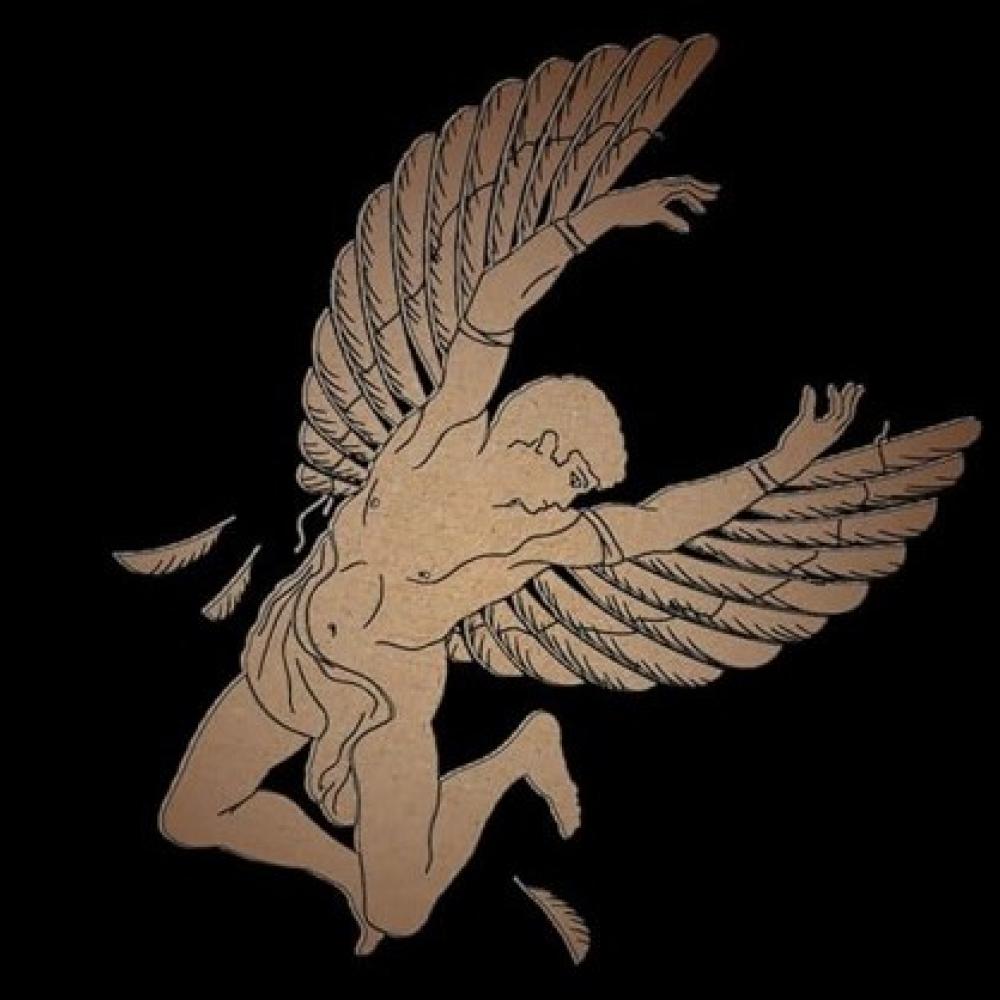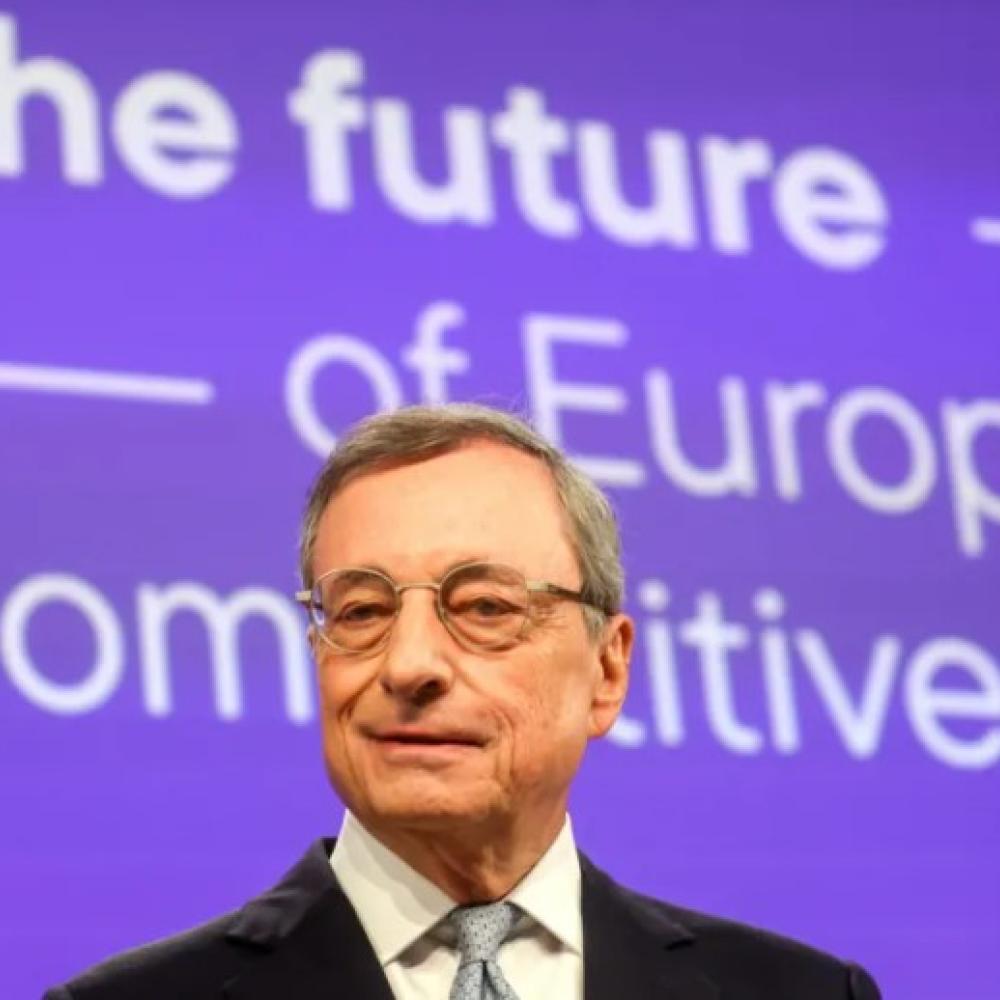
The near-certitude of policy interest rate cuts by the Fed and the ECB in the near future is rapidly fading away. In the US more than in the eurozone the latest inflation data are worrying. A major lesson from history is that stepping back too early from a restrictive monetary policy is only asking for trouble further down the road.
“With insight it is quite obvious that we backed off too early. It is fair to argue that monetary policy had to remain restrictive for a longer period afterwards in order to correct for this mistake”, so confessed the late Paul Volcker during a breakfast meeting I had with him in Washington in the Spring of 2016. Paul Volcker (1927-2019) was chairman of the American central bank, the Fed, from 1979 till 1987. He was also the architect of the massive change in American monetary policy that brought the great inflation of the 1970s under control.
The mistake Volcker was referring to in our talk took place in the early Spring of 1980. Paul Volcker had taken over as chairman of the Fed in August 1979. With inflation on the verge of getting out of control (running at close to 20% annually at that time), Volcker concluded that the Fed’s approach to the inflation wildfire was woefully inadequate. Instead of adjusting policy rates gradually by a quarter or a half percent each time, Volcker radically changed course in October 1979 and started targeting the money supply. Interest rates were allowed to settle down at whatever level supply and demand in the money market matched. The result was a massive hike in interest rates, followed by a sharp drop in economic activity.
By March 1980, short term interest rates hovered around 20% and the markets, people and politicians were crying out for lower interest rates. The Volcker Fed gave in and let the money supply grow once more, leading to short term interest rates retreating to 10%. The decline in inflation that had slowly set in was however itself halted and even reversed. Consequently, by the end of 1980 the Fed had to again step on the brakes to regain control of the runaway inflation train. By early 1981, short term interest rates returned to 20% and they stayed at elevated levels deep into 1982. The American economy experienced the sharpest recession since the Second World War, but by the end of 1982 inflation was down to 4% and the economy started to expand again.
Both the Fed and the ECB are these days experiencing their Volcker moment. Over the past months expectations have been building that after the massive interest rate hikes of the past two years both central banks could start relaxing monetary policy (very) soon. Representatives of both institutions fed these expectations by statements that clearly flagged policy interest rate cuts in the near future. Fed officials tended to be more outspoken in this regard than ECB officials.
It is therefore quite unfortunate for these standard bearers of the “let’s start cutting rates” movement that the news from the inflation front suggests a different course, most visibly so in the United States. During the first three months of 2024, headline annual inflation is again on an upward curve: 3.09 % in January, 3.15% in February and 3.48% in March. Even more worrying than these monthly numbers (that may contain a considerable dose of “noise”) is that, on the one hand, core inflation (being headline inflation with the volatile food and energy prices taken out) remains stubbornly around 4% for more than six months already, and, on the other hand, that services inflation is slowly rising further. Price increases in the service sector, which make up close to 60% of the overall price index, are now running at 5.27% on an annualized basis. Also the price index of personal consumption, the Fed’s preferred gauge for measuring inflation, is on the rise again. On top of all that, inflationary pressure emanating from the still very tight American labor market is considerable.
The numbers look better for the eurozone. In March 2024, the monthly headline inflation number came down for the fourth time, reaching 2.4% on annualized basis. That is getting pretty close to the ECB’s target inflation rate of 2% yet caution is warranted here too. Core inflation is also declining, but it still is at 2.9% annually and the downward trend seems to be slowing. Just like in the United States it is however the persistent inflation affecting services that is really worrying. Services inflation is running at 4% now for five months in a row.
With the hard-learnt Spring 1980 lesson of the Volcker Fed in mind, the conclusion is obvious. Despite the loud cries for help from the financial markets and from certain politicians (like French president Macron’s call for “an overhaul of monetary policy”), it is just too early for the ECB and even more so for the Fed to start cutting policy interest rates. Officials of both central bankers should be loud and clear on this conclusion. They should refrain from the voodoo economics-type of arguments that for example Fabio Panetta, governor of Italy’s central bank (Bank of Italy), recently produced. He argued that the ECB will have to cut interest rates quicker and more decisively if the Fed holds back on interest rate cuts. Let’s just say that such remarks are substantially beside the point.
The risk of the inflation beast rearing its ugly head again in the slipstream of interest rate cuts made too early is just too great. As Paul Volcker still remembered very well 36 years later, the relaxation of American monetary policy before its time in the early spring of 1980 only obliged the Fed to step on the brakes harder and longer in the period thereafter.
Usefull links & downloads
You may also be interested in

Exhausted we stand
The Western world is confronted by challenges the enormity of which has not been seen since the Second World War. We stagger to face these challenges in a state of policy exhaustion, budgetary as well as monetary. Only courageous and decisive reform can turn the tables in our favor.

The Draghi & Schnabel Truth on Trump
The actions of the new Trump administration will have a major impact beyond America’s borders, not least in Europe. Nevertheless, Europe should stop mourning the Democrats’ loss and do what it must do, whatever Trump’s intentions. Money is not the most pressing issue on Europe’s priority list, so Mario Draghi very correctly argues.